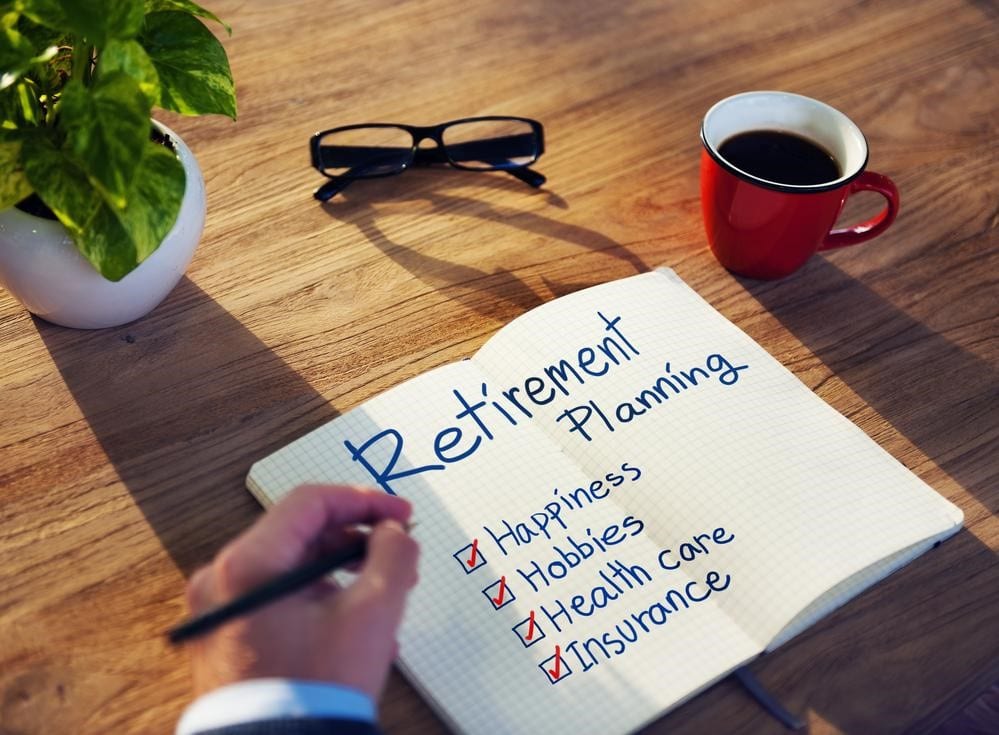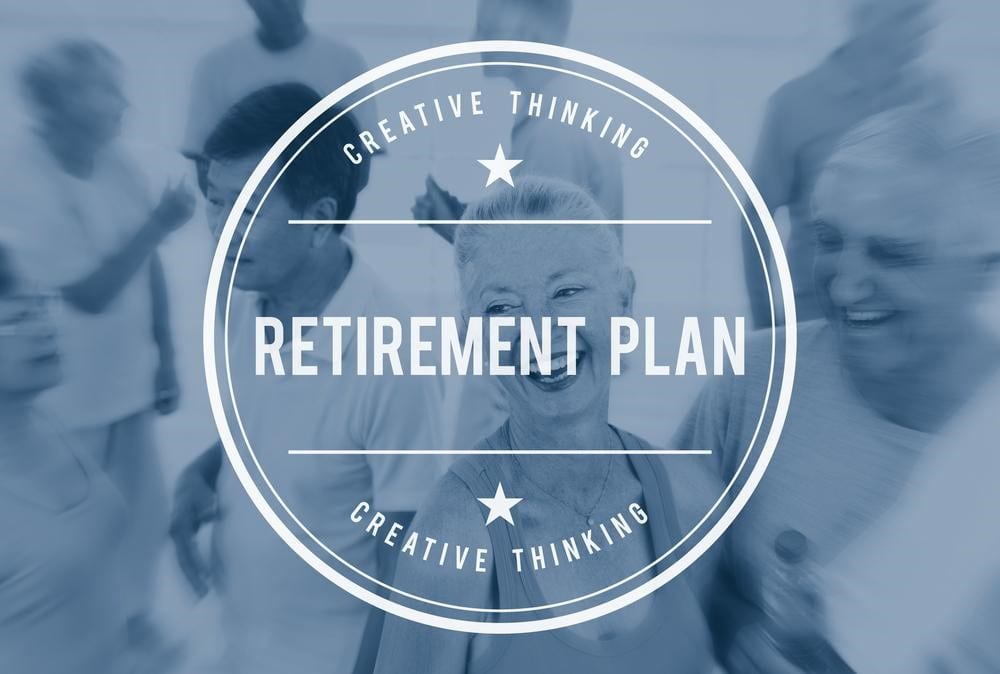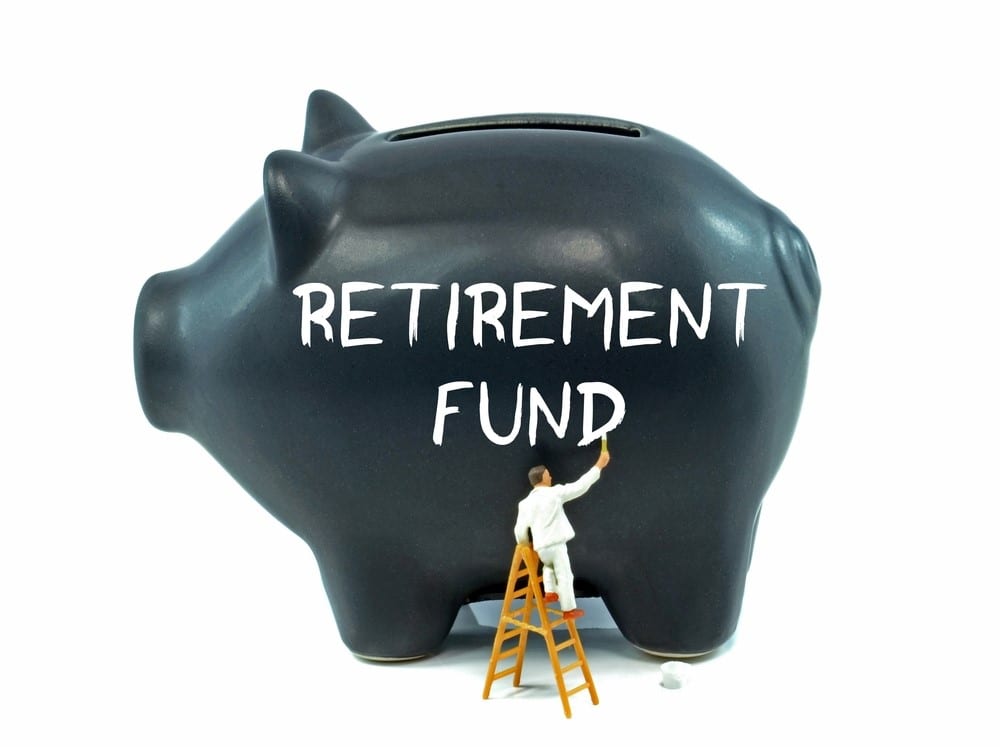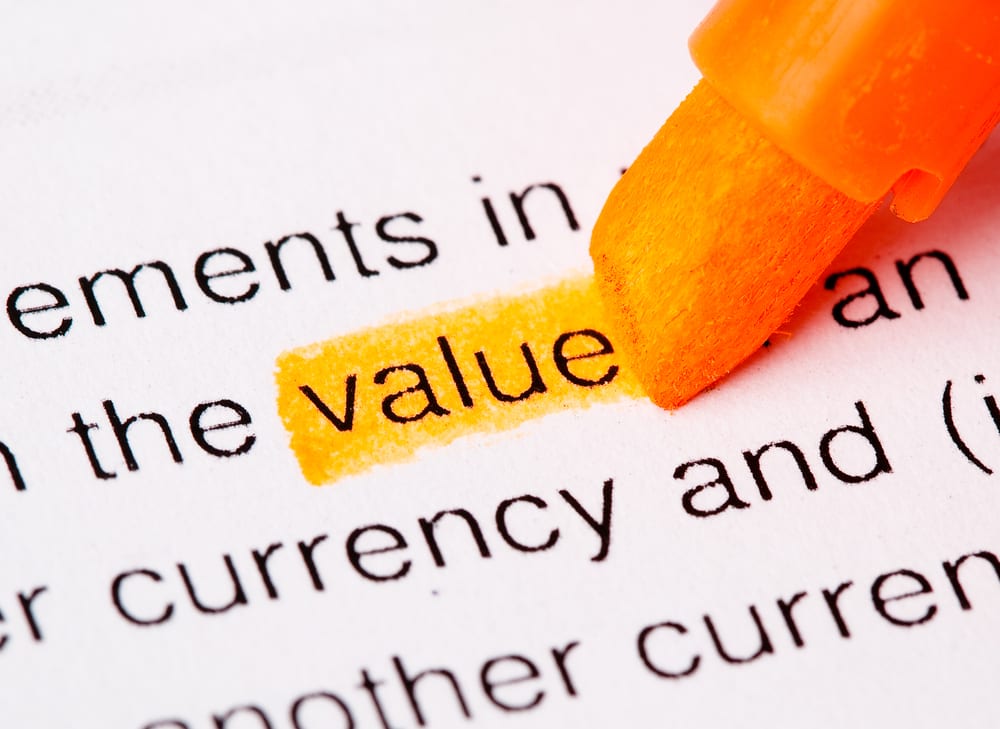How Much Do I Need To Retire?
If you are like most people, you may have found your mind wandering occasionally, thinking about what life will be like when you’re ready for the big day … Retirement. All that time to yourself, the freedom to travel when you want to travel, to serve when you want to serve, spending all that money spoiling the Grandkids. However, there’s one element hinging on all your plans and dreams … money. Planning for retirement is an important part of any personal finance plan.
Even more important is having a clear distinction between passive income and the word retirement. Retirement means to be put out of service. Ultimately what Canadians want to know is how they can have a lifestyle that they enjoy after their primary career is over. Who wants to be taken out of service? We’re People after all, not airplanes.
According to the CIBC survey in 2018, most Canadians “think” they need $750,000 to retire. This number is meaningless if we do not factor in the many risks on your money. Typically Canadians do not think about the various risks they will face in retirement.
Such as:
- Longevity risk
- Tax risk
- Market risk
- Liquidity risk
- Health risk
- Currency risk/ Inflation risk

All of these items will have an impact to some degree. Every dollar a Canadian family can set aside today that is harnessed to create tax deferred uninterrupted compounding regardless of all the factors above becomes instantly more valuable. Even more so if you also have liquid access to the same pool of financial savings without interrupting the compounding nature of it. Who doesn’t want that?
How much you will need to retire will vary for every Canadian. It will hinge on the lifestyle you want. The more lavish, the higher cost of living, the more travel you want to do, the more cashflow you will need. Consider income or cash flow producing assets instead of investments that will be drawn down to zero as a way to mitigate your risks in retirement.
Stable assets like Participating Dividend Paying Whole Life insurance can create a balance of insured retirement income and an opportunity fund to access for cashflow opportunities that will surely appear leading up to and during retirement phases of life.
The lifestyle you have now will greatly determine the amount you will need for retirement.
Additionally, consider where you want to live and how you plan to spend your retirement. A retirement calculator can further give you a deeper insight into your savings plan, personal income, and life plans after retirement.
Ideally, your post-work life will require that you earn between 70 and 100 % of your current income to live a similar lifestyle.

How much do I need to save for retirement?
The average annual Canadian Pension Plan retirement income as of 2019 is just over $8,300. In 2019, the average CPP monthly payout was less than $725. That figure is far below the maximum amount a CPP contributor could have received at $1,154.58. The average monthly CPP was 37% less than the maximum as the payout you receive is based on the age you choose to start receiving it and the amount of contributions you have made. These severe limitations are having many Canadians focused on creating their own pension method. By intentionally putting money away where they have access during the years of accumulation but still retain the advantages of growth and compounding a secondary retirement stream of income can be easily created. Best of all, this form of savings creates the perfect liquid emergency fund. It also allows for opportunities that always arise when you accumulate capital to be acquired between now and the eventual date you start drawing a passive income.
A different train of thought would be to think of CPP as bonus income and then creating your own savings and financial independence outside of a government program. Being in a position of total and absolute control is always better than not.
What do I need to know about retirement?
There are several retirement plans that Canadians are simply not aware of. The banking and investment sectors prefer that you invest your capital and borrow what you need. Investing your money in instruments like mutual funds and stocks. This is accomplished by handing control of your money over to someone else who thinks they can do better with it than you can. There is also the traditional Registered Retirement Savings Plan or RRSP. While RRSP is certainly one option to save for retirement, you will start withdrawing the funds at minimum the moment you turn 71 years old. And the withholding taxes are there, regardless of your income level.
There are multiple sources that could help you with your retirement scheme. OAS old security and Canada Pension Plan (CPP) will only go so far. There is a better way.
Shift your focus onto creating other assets that will produce a recurring income for your future. Consider getting a large enough pile of asset value that you can draw down from for an extended period of time. People are living longer and the fastest growing segment of our aging population are centurions.
What if you do live to age 100?
Longer lifespans and health conditions are important considerations and risks that need to be considered when looking at retirement planning. Moreover, market volatility and the lack of control in the global political environment can have drastic consequences for a family’s retirement outlook. The investments you have worked so hard for can be at major risks on any given day.

To reduce and mitigate risks, consider protecting capital and creating an uninterrupted compounding effect in your savings using participating dividend paying whole life insurance. This can be designed to rapidly accumulate cash values that are contractually guaranteed to grow on a daily basis, and CANNOT be lost to a risky stock market, government intervention or a bad economy. And with a pool of financial value that is growing daily and uninterrupted, that pool can be used to either supplement, or even become your source of guaranteed retirement income.
Access our online webinar to discover more about how to achieve your retirement income objective on a rock solid foundation of guarantees.

A survey of over 4000 Canadians was conducted in Dec 2015 by Sunlife. Just over 2000 of those surveyed were retired and when asked what advice they’d give working Canadians, respondents’ top three answers were:
- Start saving and investing early (88%)
- Make taking care of your health a priority (88%)
- Live within your means (85%)
There is a clear issue developing in those surveyed versus those retiring in ten or more years from now. This survey group was in 2015, prior to the Covid pandemic, and the generation of retirees surveyed had spent the bulk of their working careers inside of a pension friendly environment. Today’s workforce needs to be focused on relying on their own knowledge and implementation to create the future retirement world they want. Many pensions have experience under-funding issues. Nortel and even companies that Canadians associated with staples of our day to day world like Sears have seen pensions decimated.
Imagine if you gave forty years of your life energy to a company who made promises to you that cannot be kept. They forcibly took cash flow from you every paycheck under the guise of looking out for you. Meanwhile you had had to borrow to buy things like vehicles throughout life due to reduced net income. What would your retirement look like if you had money accumulating in an environment where it is insulated from market risk, and is contractually guaranteed to grow daily? This is available to you and to every Canadian by understanding the power of a personal monetary system that only properly designed Participating Dividend Paying Whole Life Insurance provides.
Average Canadian retirement income 2022
Very little is known about the average retirement income in Canada for the year 2022. It will go down in history as a year of unprecedented change and uncertainty in the Canadian economy. The impact of the global pandemic will likely be a ripple felt for many years. The law of unintended consequences would reasonably indicate that it may take a full generation before we can isolate the real financial situation that it will create.

This much is certain, those who planned to retire in 2022 are very likely to work several more years to recover from the financial turmoil the pandemic has brought upon them. Yet again forces outside of our individual financial control have resulted in financial hardship for most, and opportunity for some.
You must build a growing pool of financial value to create the retirement you seek.
The great news is that you can choose where you want to build that growing pool of financial value. You can have your money reside where it is no longer exposed to a risky stock market, or government intervention, rather growing daily on a rock solid foundation of guarantees.
You can reduce your exposure to tax
The question is … would you?
Retirement Planning Expert
We have expert financial advisors and coaches that can help you Save for Retirement in your life. Register for our Retirement Strategy Webinar training to learn more about tax free retirement options.





Leave a Reply